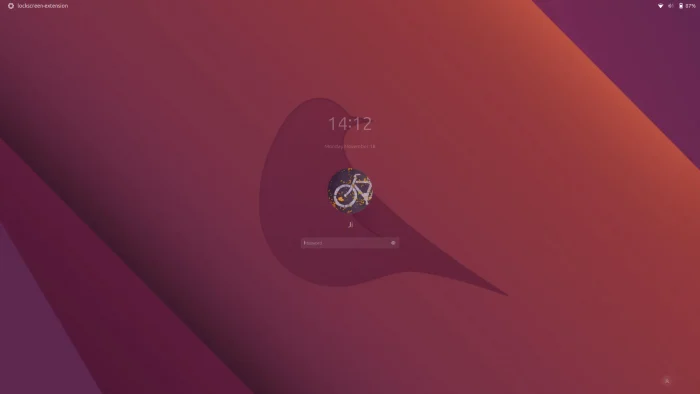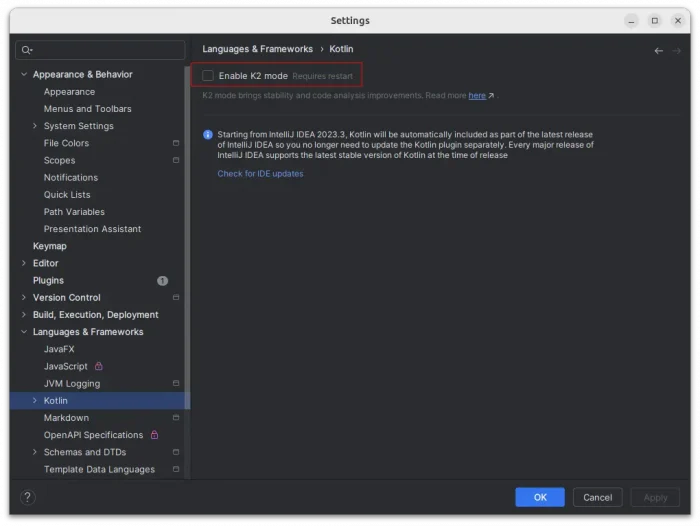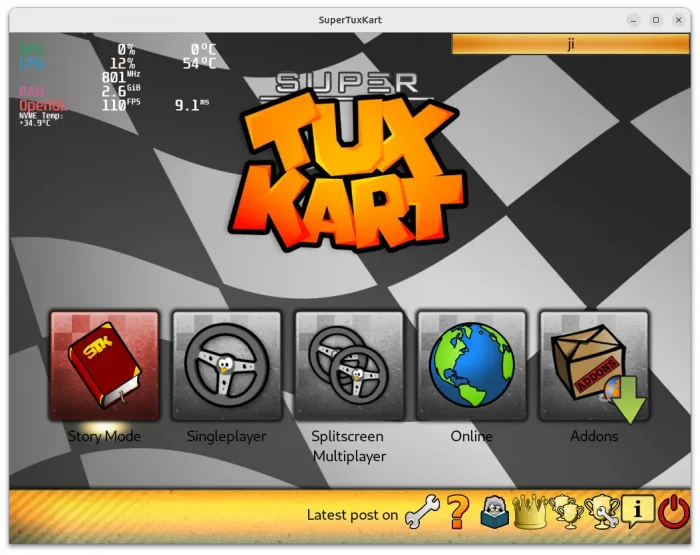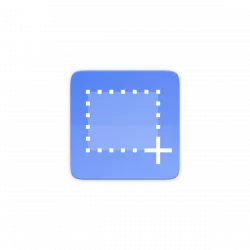This tutorial shows how to install and play the popular Minecraft sandbox game in Ubuntu 24.04, Ubuntu 22.04, Linux Mint 21/22, and their based systems.
Minecraft has different editions, including Java, Bedrock, Legends, and Dungeons, as well as the discontinued Pi edition.
So far, only Minecraft Java edition runs natively in Linux. User can however install and play the Bedrock and Pi editions through sandbox environments, though they are unofficial and have limitations.




















